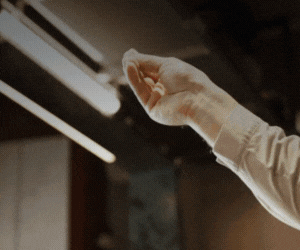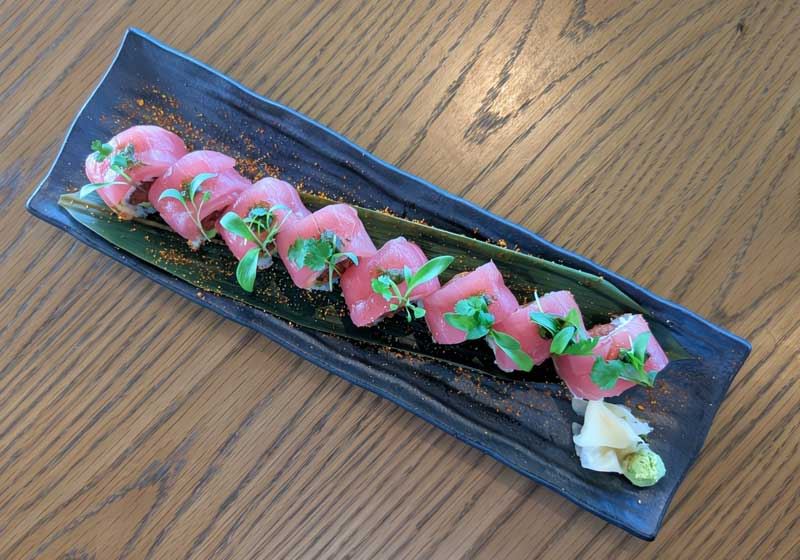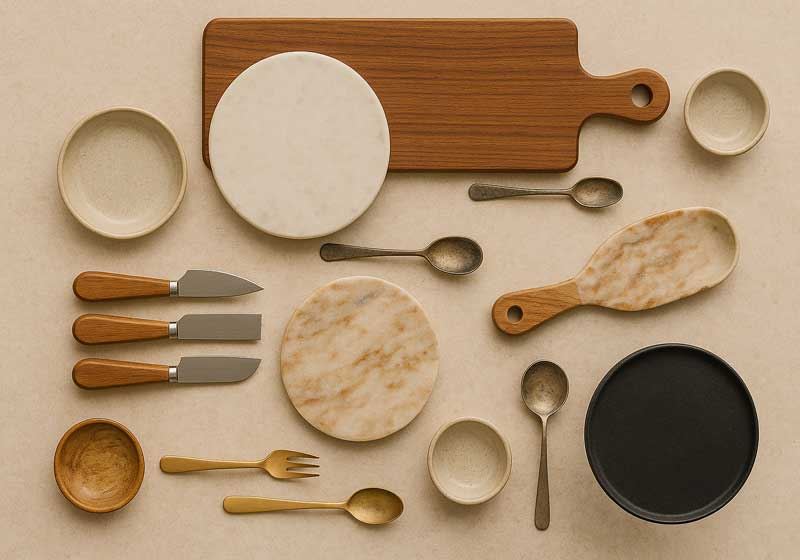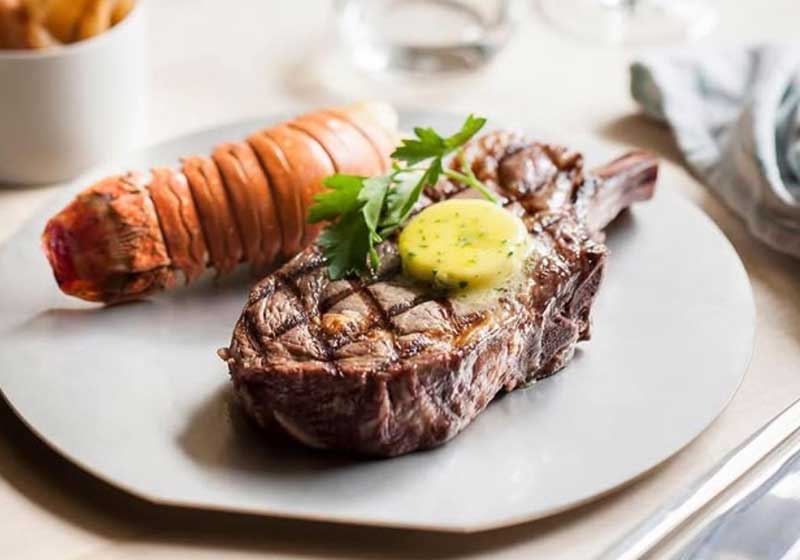By Leigh O’Connor.
Bon Santé Whether you are an enthusiast or an aficionado, wine drinkers generally know what they like and why – but how do the experts choose a bottle of wine?
I’m one of those drinkers who generally purchases a bottle based largely on price, unless it is a special celebration or the vino has been recommended to me as a must-try.
Sure, I get to imbibe numerous drops in the nature of my job as Editor of AGFG, however I am definitely not a wine snob, just ask my workmates and friends! If I like a wine, I’ll buy it again and tend to stick to my faves on a regular basis.
I take a bottle home, open it, let it breathe for as long as it takes me to get a glass from the cupboard, drink it, recycle the bottle and probably forget its name…
A real expert can tell you all the wine’s qualities, know what food to serve with it, rate it compared to other wines and most importantly, remember the wine’s name.
Okay, I know we get turned off by someone spouting about the wine as we are just trying to enjoy a glass with dinner…there are many insufferable wanna-be wine snobs out there.
What you need to remember is a genuine wine expert wants you to understand the wine – a snob lets you know they understand the wine – there is more than a subtle difference.
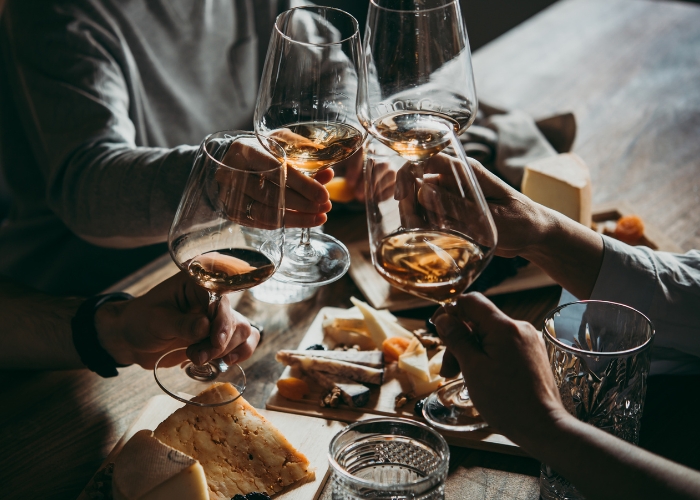
Here is our take on the fancy glossary of wine terms to impress guests at your next dinner party:
Aeration:
Exposing wine to air so that it ‘can breathe’ before drinking it introduces oxygen and releases aromas, opening up flavours much swirling wine in a glass does.
Bouquet:
While aroma describes a wine that has been aerated (left to breathe), the bouquet is the initial smell when it is first poured into a glass.
Brut:
The French term for ‘dry’ and most often used to describe dry Champagne or sparkling wine.
Corked:
A cork-top wine bottle that has been ruined with cork taint – spoilage that results in a musty smell and flat flavour.
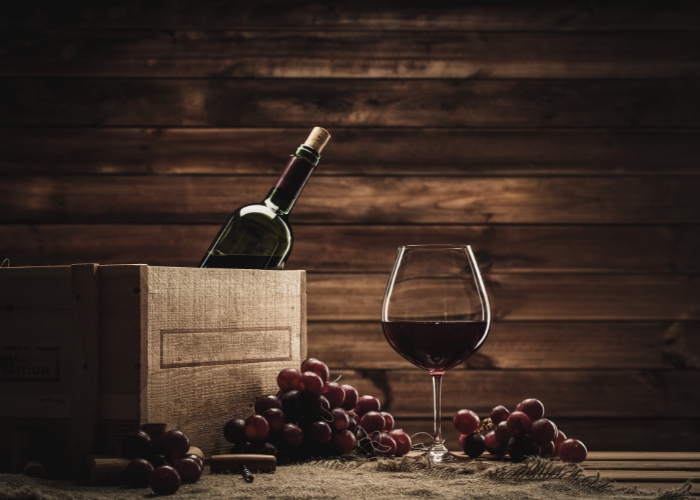
Decanting:
Pouring wine from one container to another, usually from a wine bottle to a decanter which allows the wine to aerate and separates it from any sediment.
Fining:
Also called clarifying, this is the technique in winemaking which removes unwanted particles before bottling – the most common fining agents are gelatin, egg whites, fish bladders and clay.
Mouthfeel:
This is the physical sensation in your mouth that the wine creates – smooth, velvety or rough are some examples.
Nose:
Another word for aroma, this term describes the smell of wine in a glass – this is usually the second stage of tasting a wine after evaluating the drop by sight.
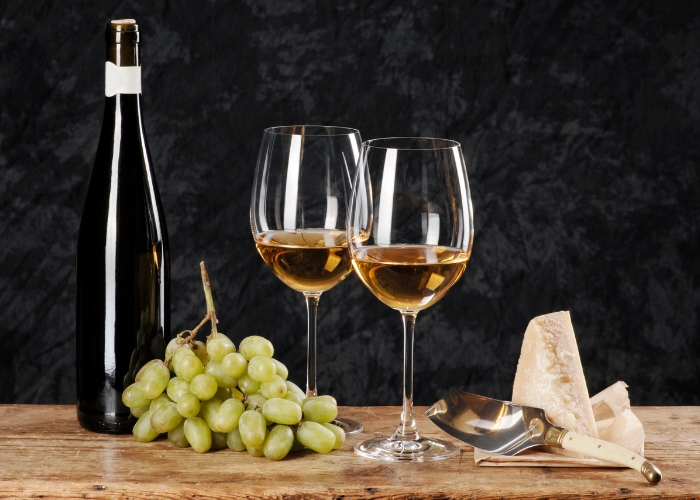
Tannins:
Natural compounds found in wine which create an astringent, drying and bitter flavour on the tongue – red wines are usually more tannic than white.
Varietal:
This means the wine was made from various ingredients – the wider the variety, the better the wine.
Wine legs:
Also known as wine tears, these streaks form on the sides of a wine glass after swirling; although believed to indicate wine quality, that’s just a myth!
Wine pairing:
The art of combining food and wine to create the best possible eating and drinking experience.
One last term you might need after a night of culinary and wine decadence – blush – it’s what you’ll do when you wake up late the next morning and remember the party after drinking a wine with a big nose!


